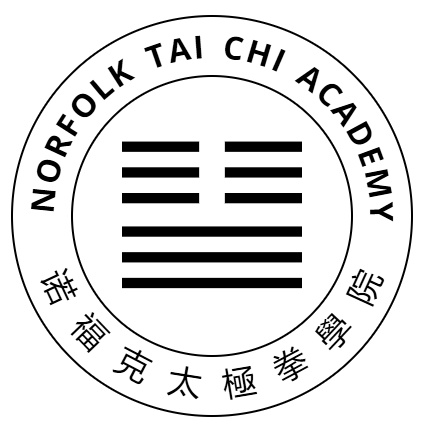
Dragons seem to be everywhere at the moment. This is today’s Google doodle, celebrating the red dragon of Wales. There are many legends about it. One says that the villagers near its cave were frightened of the dragon until St David befriended it – it turned out to be vegetarian.
Another legend says that the red dragon saved the villagers from an ice dragon that was terrorising them. After the battle the red dragon returned to its cave to hibernate, and has not been seen since.

In China dragons are always auspicious. The green dragon () even has a constellation named after it. This constellation rises in the Eastern sky in the springtime (the dragon “raises its head”), signalling, or perhaps even bringing the spring. For anyone living in one of the big coastal cities on the east coast, the dragon would thus emerge from the waters of the East China Sea.
The Taoist arts are full of references to dragons; in Taiji sword there is a beautiful move called 青龍現水 “Green Dragon Appears on the Water”, whilst in the Lok Hup set there is even a move called 蟄龍現身 “Hibernating Dragon Shows Body” (Chinese dragons hibernate just like Welsh ones). Dragon energy is about lengthening the spine, often with a coiling motion; typically the head is lifted up.
Do the Taoist arts have references to red dragons also? They do. One of the last moves of the Lok Hup set is called 赤 龍 攪 水 “Red Dragon Stirs Waters”. It was Mr Moy’s favourite move: a smile always appeared on his face when he played this move.
